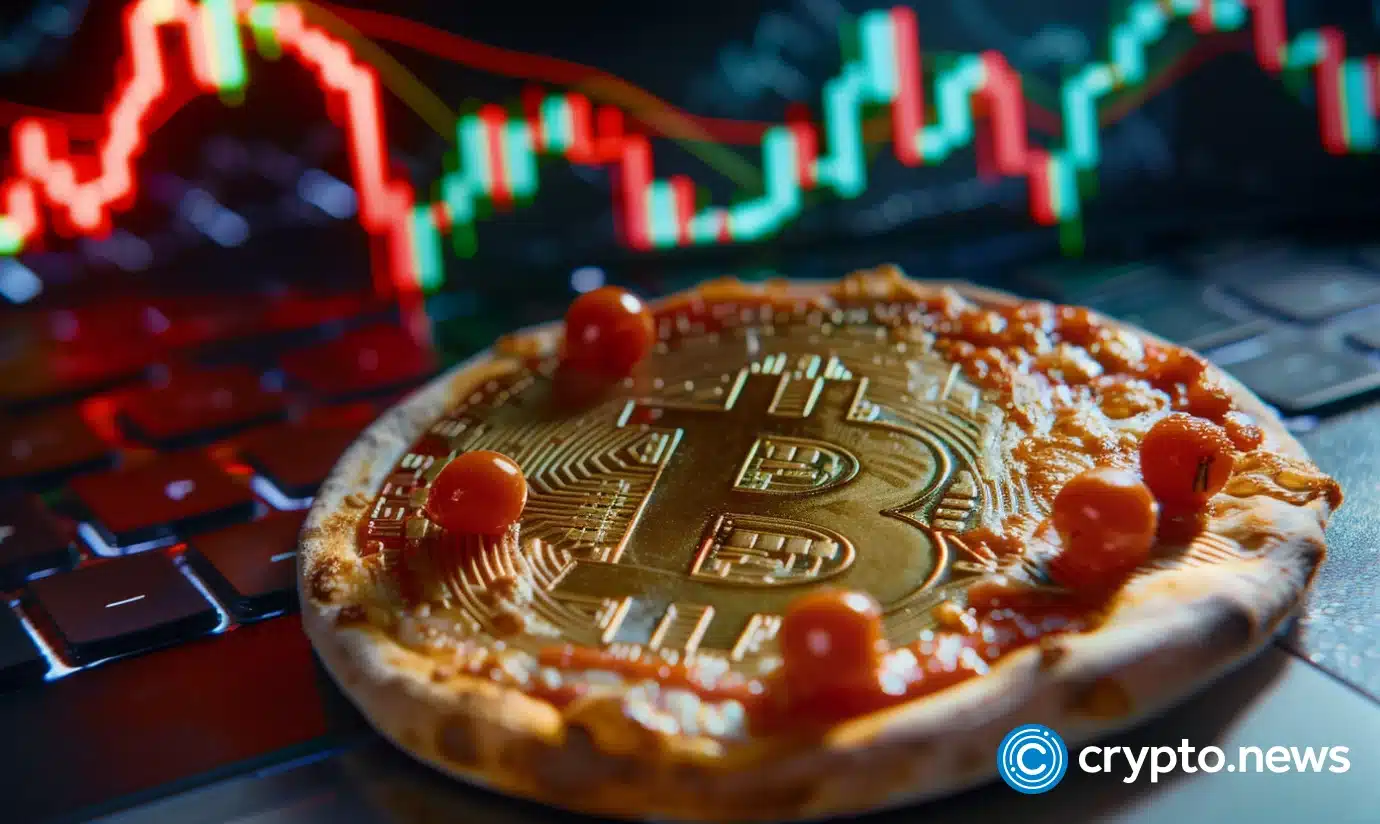The future of crypto and all the industries tied to it in question. A U.S. judge ruled last week that XRP is not a security, and the SEC accepted BlackRock’s application for a bitcoin ETF, advancing it to the next stage of approval. Within minutes, the price of XRP rose from $0.45 to $0.61, an increase of more than 25%.
Despite the fact that these decisions and the many more to come have generated additional regulatory concerns, it is evident that rule changes are a significant factor in the volatility of digital assets.
Where has crypto been, and where is it headed?
As a crypto trader, you must consider how recent regulatory events and failings impact the pricing and trading volume of bitcoin, ether, and altcoins. The collapse of Terra Luna, the insolvency of the crypto hedge fund 3AC, the scandal at FTX, and other meltdowns in 2022 caused the industry to enter the worst crypto winter in history.
The news drove the entire sector lower, often headed by altcoins. However, macroeconomic events during the first half of 2023 reversed a number of these crypto relationships on their heads.
In January, Bitcoin led the digital asset market higher as the Fed’s hawkish narrative began to moderate. This move was accompanied by a positive “spot/vol” regime, with traders purchasing options as Bitcoin rallied – a relationship not observed in 2022, when only price drops appeared to increase volatility.
Comparing the year-to-date performance of BTC and ETH spot prices, it is evident that BTC began outperforming ETH in response to the banking crisis and the Federal Reserve’s emergency response.
Since then, BTC has been able to maintain this outperformance.
The ratio of Deribit’s DVOL indexes, a comprehensive 30-day to maturity measure of option implied volatility (think BTC’s VIX and ETH’s VIX), demonstrates that the customary implied volatility premium of ETH over BTC began to disappear in response to macro news events.
The market witnessed a market adjustment from the Fed beginning to moderate its hawkishness in mid-January. This caused BTC to rise and BTC IV (implied volatility) to rise substantially (chart to fall).
Then, in early February, DeFi market analysts noticed a significant outperformance associated with the Labour Department’s monthly non-farm payrolls (NFP) figure. This soon put an end to the notion of a Fed hawkish slowdown; BTC fell (along with gold and other interest-rate sensitive assets), and BTC IV fell relative to ETH IV (chart rises).
The SVB crisis again pushed BTC IV higher, but the ETH Shanghai upgrade temporarily halted the advance. Today, ETH IV trades at or near parity with BTC IV, with a momentary discount.
Crypto performance in Q2 2023
After performing a “rate skip” at their June FOMC meeting, the Fed is still in a “wait-and-see” mindset. Although other central banks continue to hike interest rates, the U.S. macro picture is receding as crypto-specific news items become “top-of-mind.”
Binance, Coinbase, and XRP regulatory events are becoming important drivers of activity in the crypto industry.
Volatility around the consumer price index (CPI), NFP, and other macro events appears to have subsided recently, while regulatory clarity around crypto, a potential spot ETF approval, and the XRP resolution are becoming a key focus.This paradigm shift could lead the market to higher beta “altcoins” in the crypto space. Altcoins have historically outperformed BTC in bull markets, and the second half of 2023 is off to a bullish start, accompanied by primarily positive crypto-specific headlines.





